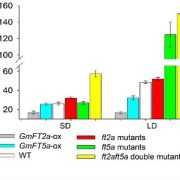
GmFT2a and GmFT5a collectively controls flowering of soybean (Plant Biotech. J)
Plant Science Research WeeklySoybean [Glycine max (L.) Merr.] is a globally important high-protein crop, whose breeding is an ongoing, important objective for plant biologists. Since soybean is a short-day plant, controlling flowering time is a key step to influence its adaptation to diverse latitudes and farming system. Recently,…
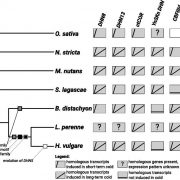
Evolution of cold acclimation in the temperate grass subfamily Pooideae (Plant Physiol)
Plant Science Research WeeklyIn the grass family (Poaceae), the subfamily Pooideae, which includes economically important species like wheat, barley and forage grasses like ryegrass, dominates cold temperate habitats, although the ancestors of this group probably were adapted to tropical climates. Schubert et al. investigated the…

The EDS1-SAG101 complex regulates TNL-based immunity in Solanaceous plants (Plant Cell)
Plant Science Research WeeklyMicrobial pathogens secrete virulence effector proteins into host cells to suppress basal plant defenses. Plant resistance (R) receptors induce robust immune signaling after directly or indirectly detect such effector-mediated host manipulation. In Arabidopsis, immunity transduced through many TNL (TIR-NBS-LRR)…
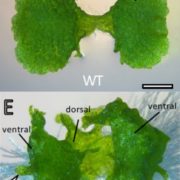
ALOG transcription factors influence the morphological diversity of plant lateral organs (bioRxiv)
Plant Science Research WeeklyLand plants evolved from freshwater streptophytic algae over 450 million years ago and have since separated into morphologically diverse lineages. A key feature in the transition from aquatic to terrestrial life was the development of 3D body plans with lateral organs. In a new preprint, Naramoto and…
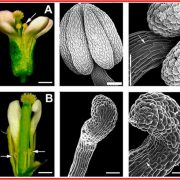
Review: Engineered male sterility by early anther ablation (Frontiers Plant Sci)
Plant Science Research WeeklyMale sterility in seed production could be used to increase crop yields, eliminate pollen allergies or avoid gene flow between genetically modified plants and other species. Here, Roque et al. developed a system to produce engineered nuclear male sterile plants using the pea Pisum sativum ENDOTHECIUM…
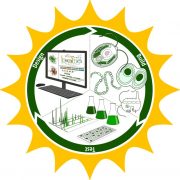
Review: Synthetic biology in photosynthetic microbes: present and future (Plant Physiol)
Plant Science Research WeeklyPhotosynthetic microbes are emerging models for synthetic biology applications since they possess relatively simple physiology and cellular organization, fast growth in liquid culture, and facile genetic manipulation. In this paper, Vavitsas et al. review current synthetic biology tools and applications…
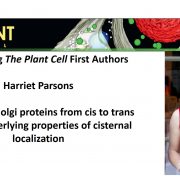
Recognizing Plant Cell first authors: Harriet Parsons
The Plant Cell, The Plant Cell: Author ProfilesHarriet Parsons, co-first author and corresponding author of Separating Golgi Proteins from Cis to Trans Reveals Underlying Properties of Cisternal Localization
Current position: Maternity leave until 2020
Education: PhD in Plant Biochemistry, University of Edinburgh
Non-specific interests: Hiking,…
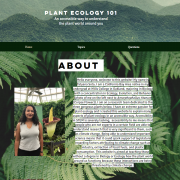
Website for those without a degree in Biology/Ecology
Blog0 Comments
/
Hello everyone! Here is my independent project. I created a website that explained different aspects of the plant world in an accessible way. I collaborated with a non-majors Plant Ecology class to ensure that I did not unknowingly use any jargon they were not familiar with and to make sure I explained…

Increasing awareness of climate change impacts and the potential role of plant science in climate change impacts mitigation
BlogASPB Conviron Independent Project - Created by Andrew Egesa
(a). Why climate change?
The 21st century has witnessed a rapid increase in climate change drivers, comprising of industrial development and other activities associated with rising human population. As a result, climate change related challenges…

